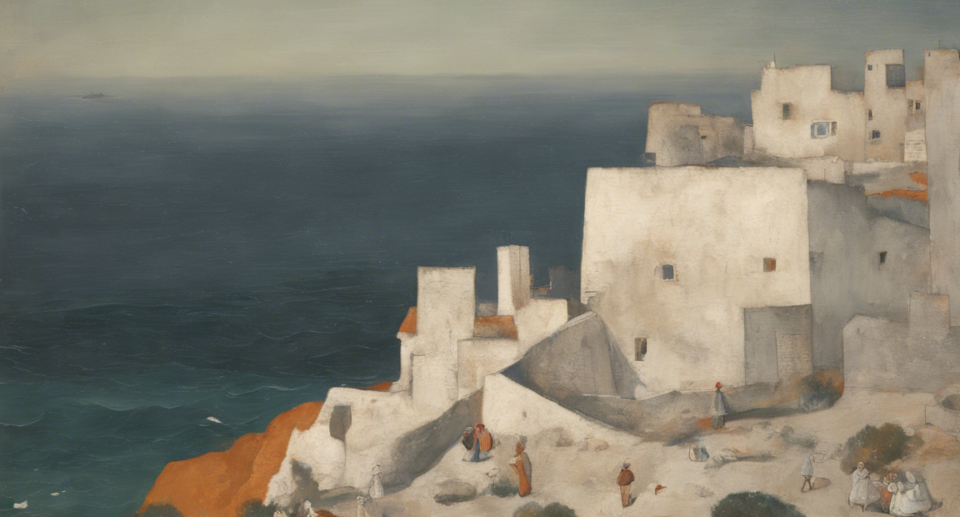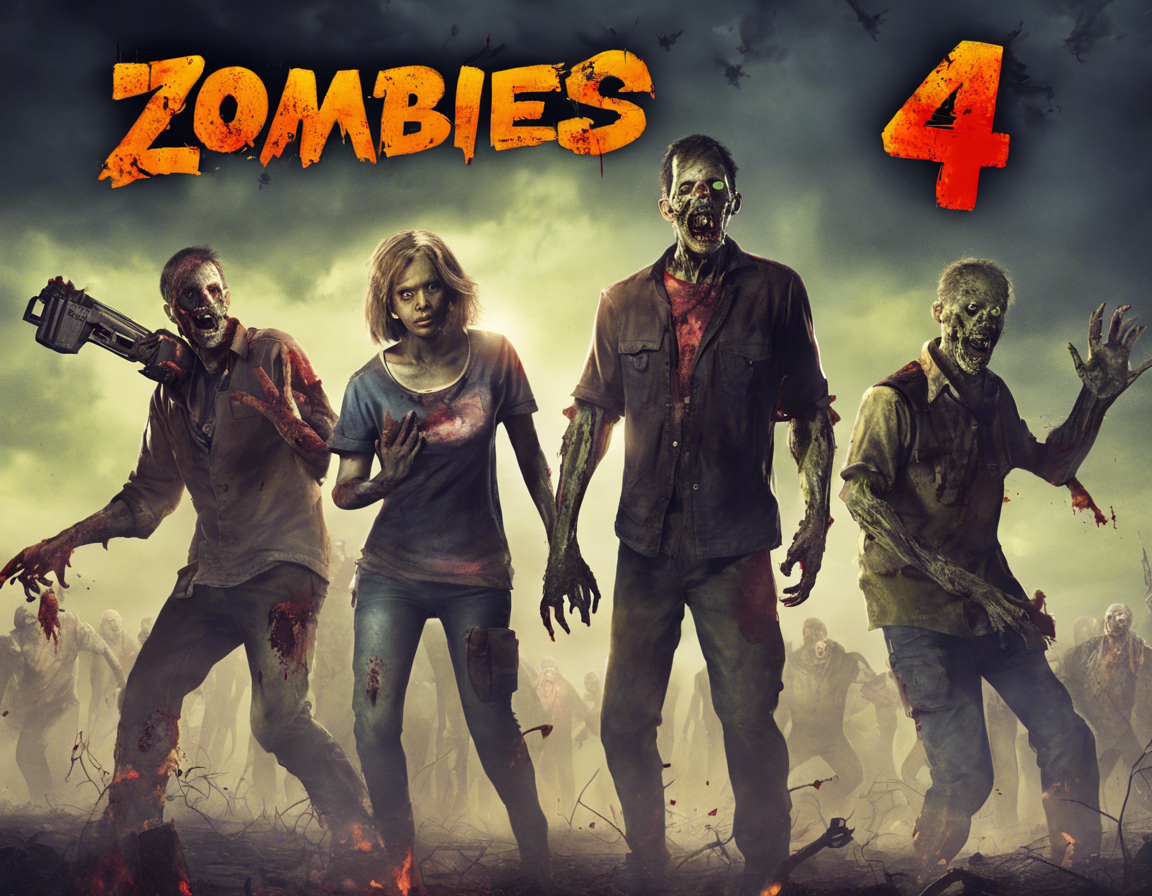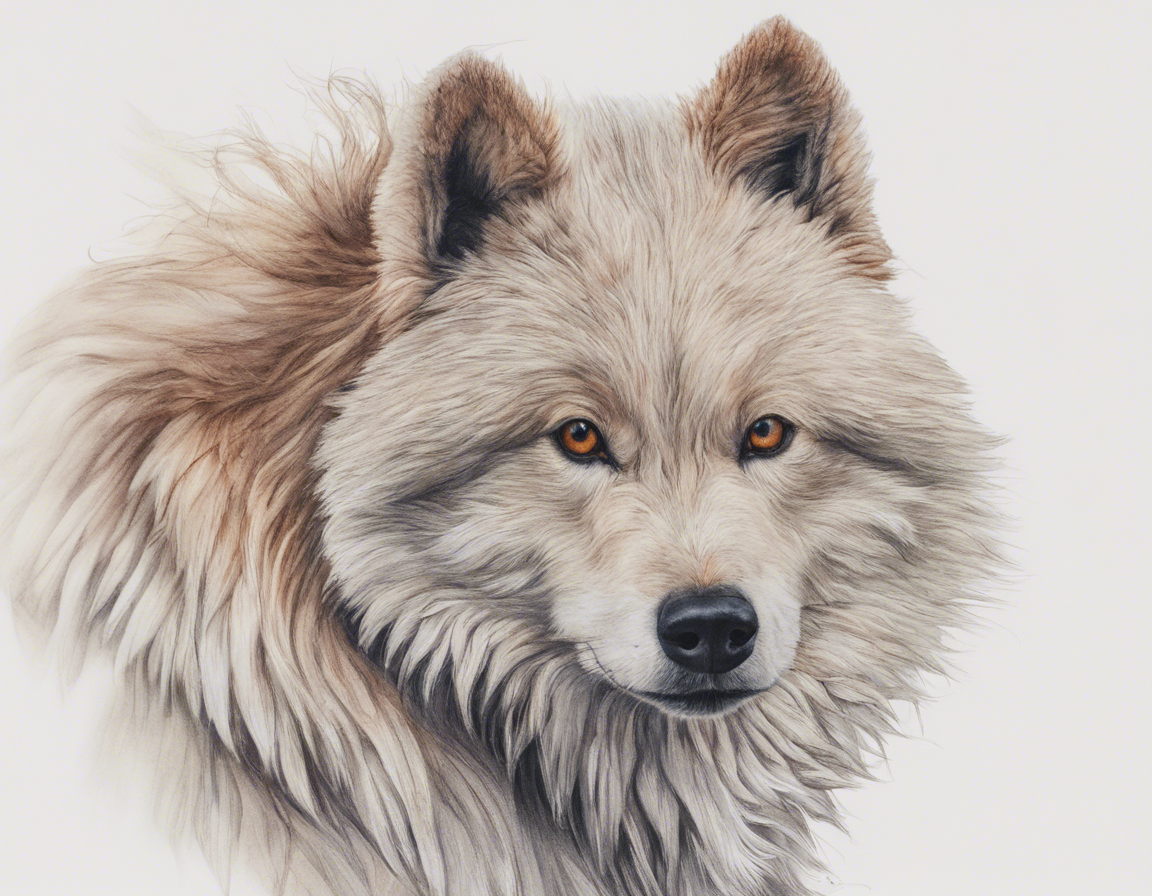Unlocking the Power of Le Grá: A Guide to Love in Irish Culture

Within Irish culture, the concept of love holds a profound and intricate significance, encapsulated by the term “Le Grá”. This Gaelic phrase not only represents romantic affection but also embodies a sense of deep emotional connection, kinship, and spiritual bonding. Understanding the multifaceted nature of Le Grá enriches our grasp of love within Irish traditions and sheds light on the profound ways in which it influences art, literature, and everyday life.
The Importance of Le Grá in Irish Culture
At the heart of Irish cultural identity lies a deep reverence for relationships based on love and mutual understanding. Le Grá permeates various aspects of Irish society, acting as a guiding principle for personal interactions, familial bonds, and community cohesion. Unlike mere infatuation or fleeting passion, Le Grá reflects a lasting commitment rooted in respect, loyalty, and empathy.
Love in Irish Mythology and Folklore
Irish mythology is replete with tales that showcase the transformative power of love. From the tragic love story of Deirdre and Naoise to the timeless bond between Fionn mac Cumhaill and Sáorla, these narratives underscore the enduring nature of Le Grá. Love in Irish folklore often transcends obstacles and defies societal norms, highlighting its transcendental quality.
Expressions of Le Grá in Irish Literature
Prominent Irish literary figures, such as W.B. Yeats, James Joyce, and Seamus Heaney, have artfully depicted love’s complexity and nuance in their works. Poems like Yeats’ “When You Are Old” and Joyce’s “Araby” capture the yearning, passion, and heartache associated with love. Through their writings, these authors illuminate the universal themes of love while infusing them with a distinctly Irish sensibility.
Symbolism of Love in Irish Art and Music
Irish art and music often reflect the profound influence of love on creative expression. Traditional Irish folk songs, or “sean-nós” singing, frequently explore themes of love and longing, evoking deep emotions through poignant melodies and heartfelt lyrics. Similarly, visual artists like Jack B. Yeats and Mainie Jellett infuse their works with symbols of love, unity, and connection, offering viewers a visual representation of Le Grá.
Cultural Practices and Rituals Surrounding Love in Ireland
Ireland’s rich cultural heritage is intertwined with various practices and rituals that celebrate love and relationships. Whether through traditional matchmaking, handfasting ceremonies, or the exchange of Claddagh rings, Irish customs reflect a deep-seated reverence for love’s enduring power. These rituals not only honor the past but also serve as a testament to the resilience of Le Grá in evolving societal contexts.
Claddagh Ring: A Symbol of Love and Loyalty
The Claddagh ring, characterized by its distinctive heart, hands, and crown design, embodies the values of love, friendship, and loyalty. Originating in the fishing village of Claddagh in Galway, this ring is often exchanged as a token of affection or worn as a symbol of commitment. The way in which the ring is worn—on different fingers and facing different directions—conveys subtle messages about one’s relationship status and romantic intentions.
Matchmaking and Handfasting Ceremonies
In traditional Irish culture, matchmaking was a respected practice entrusted to skilled matchmakers who facilitated unions based on shared values, interests, and compatibility. Handfasting ceremonies, in which a couple’s hands are bound together with a ceremonial cord, symbolize their commitment to each other and are often incorporated into modern Irish weddings as a nod to ancient customs.
Celebrating Love Through Irish Festivals and Holidays
Irish festivals and holidays provide a vibrant backdrop for celebrating love and relationships within the community. From the romantic allure of St. Valentine’s Day to the joyous festivities of Lúnasa and Samhain, these occasions offer opportunities for individuals to express affection, gratitude, and devotion to their loved ones. Traditional dances, music, and feasts further enhance the atmosphere of love and camaraderie during these festive periods.
St. Brigid’s Day: Honoring Feminine Spirituality and Love
St. Brigid’s Day, celebrated on February 1st, not only pays tribute to the patron saint of Ireland but also commemorates the enduring legacy of Brigid as a symbol of feminine spirituality, healing, and nurturing love. This holiday serves as a reminder of the inherent connection between love, compassion, and the empowerment of women in Irish culture.
Lúnasa and Samhain Celebrations
Lúnasa and Samhain, two significant Celtic festivals, mark the transitions between seasons and offer opportunities for communities to come together in celebration. These festivals are steeped in traditions that honor the cycles of nature, ancestral spirits, and the bonds of love that endure across generations. Through storytelling, music, and shared meals, participants express gratitude for the harvest, reflect on the past, and affirm their connections to each other.
Frequently Asked Questions (FAQs) on Love in Irish Culture
1. What is the significance of Le Grá in Irish culture?
Le Grá embodies love, respect, and emotional connection in Irish culture, transcending mere romantic affection to encompass a profound sense of bonding and kinship.
2. How do Irish myths and folklore portray love?
Irish myths and folklore often depict love as a transformative and enduring force that defies obstacles and societal norms, showcasing its timeless nature.
3. What are some traditional Irish rituals surrounding love and relationships?
Irish customs like matchmaking, handfasting ceremonies, and the exchange of Claddagh rings are integral to celebrating love and commitment within the community.
4. How do Irish festivals and holidays celebrate love and relationships?
Irish festivals such as St. Brigid’s Day, Lúnasa, and Samhain provide occasions for expressing love, gratitude, and connection through music, dance, and communal gatherings.
5. How has love been portrayed in Irish literature and art?
Prominent Irish authors and artists have captured the complexities of love through their works, infusing themes of passion, yearning, and heartache with a uniquely Irish sensibility.
In conclusion, the concept of Le Grá illuminates the intricate tapestry of love within Irish culture, weaving together myth, folklore, literature, art, and customs to form a rich and nuanced portrayal of relationships and emotional connections. By delving into the depths of Le Grá, we not only gain a deeper appreciation for the enduring power of love within Irish society but also recognize its universal relevance in shaping human experiences across time and geography.




